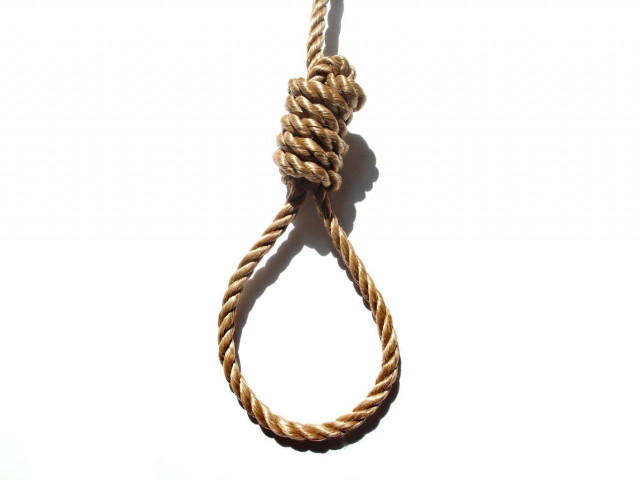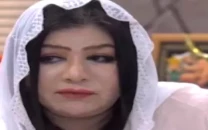Exploring the ‘enigma’ of suicide
Dr Murad Moosa Khan says some cases could have been prevented by counselling at school.

PHOTO: FILE
Despite the morbid nature of the subject, Dr Murad Moosa Khan’s talk on ‘The Enigma of Suicide’ drew a surprisingly large and diverse audience at T2F on Wednesday.
Dr Khan, trained as a psychiatrist at Kings College, London, started off the talk by telling the story of a 12-year-old boy who committed suicide in Abbottabad on May 29, 2012. The boy left a note telling his mother that he hated his school’s hostel and advised her to not send his siblings there. Dr Khan stressed that this case was important because suicide is highly unusual among 12 year olds. Dr Khan felt that the suicide could have been prevented if programmes providing psychological counselling had been in place at the school.
“The word suicide has its roots in the Latin word, ‘suicidum’, with ‘sui’ standing for oneself and cidium for ‘killing’,” said Dr Khan, adding that the act was something extremely personal. “It is not a disease,” he clarified. He said a number of factors have to come together at a particular point in a person’s life to set him or her on a suicidal path way. “A number of eminent intellectuals, including artist Van Gogh, novelists Virginia Woolf and Earnest Hemingway, actress Marilyn Munroe and singer Kurt Cobain, committed suicide.”
Suicide through the ages
“Suicides have happened throughout history and the act crosses national, provincial and ethnic boundaries,” said Dr Khan. He went on to speak how perceptions about suicide have evolved over the years. “Suicide was banned in Roman times and Christianity severely condemned it,” he said, adding that the attitudes towards suicide began to change in the Middle Ages. He pointed out that it was only in recent times that societies had matured enough to realise that suicide was a multi-faceted problem influenced by numerous social and cultural factors.
A range of perspectives
Dr Khan pointed out that evolutionary psychology also explores how an organism develops the ability to harm itself. “The philosophical perspective states that people become more inclined towards suicide when they began to question the ‘why’ of their existence.” He then quoted eminent psychologist Thomas Joiner who hypothesised that people develop suicidal tendencies when they begin to feel they are a burden on others.

Dr Khan stressed that in addition to feeling like a burden, a person must also have a sense of fearlessness. “He must be brave enough and believe that he can kill himself.” He also mentioned that the ‘public health perspective’ on suicide had become increasingly important in recent years.
Types of suicide
“Rational suicide, mass suicide, suicide bombing and cultural suicide are among some of the types.” Dr Khan explained that ‘rational suicide’ was a form of suicide in which a person, who doesn’t suffer from any illness or suffering, decides to end his life.
He added that ‘suttee’ - a form of suicide in which a woman stepped on the funeral pyre after her husband’s death - was an outlawed form of suicide which continues to be practiced in parts of India.
Suicide across national, religious boundaries
“About one million people take their own lives each year,” said Dr Khan. He added that the figure translated into 90 deaths per hour.
He pointed out that Russia and the Central Asian states had the highest rates of suicide. “Pakistan is, unfortunately, included in the countries that do not collect data on suicide.”
Dr Khan also mentioned that Muslims had the lowest rate of suicide among religions. “Islam has a deterrent effect on suicide,” he said, adding that atheists world over had the highest rate of suicide. “So it is good to believe in God, no matter which one you wish to believe in.”
He also pointed out that the ratio of male to female suicide victims is 3:1. “More women attempt to kill themselves than men. But men are more successful in taking their own lives.”
He pointed out that women were more resilient and had a stronger support system of friends of family than men. “Statistics reveal that suicide rates are highest in the upper-most and lowest classes,” said Dr Khan, adding that if anyone attempted suicide once, they were 10 to 20 per cent more likely to try it again.
He also showed a newspaper clipping which stated that the cost of a suicide bomber in Pakistan was between $6,000 and $30,000.
Published in The Express Tribune, May 3rd, 2013.



















COMMENTS
Comments are moderated and generally will be posted if they are on-topic and not abusive.
For more information, please see our Comments FAQ